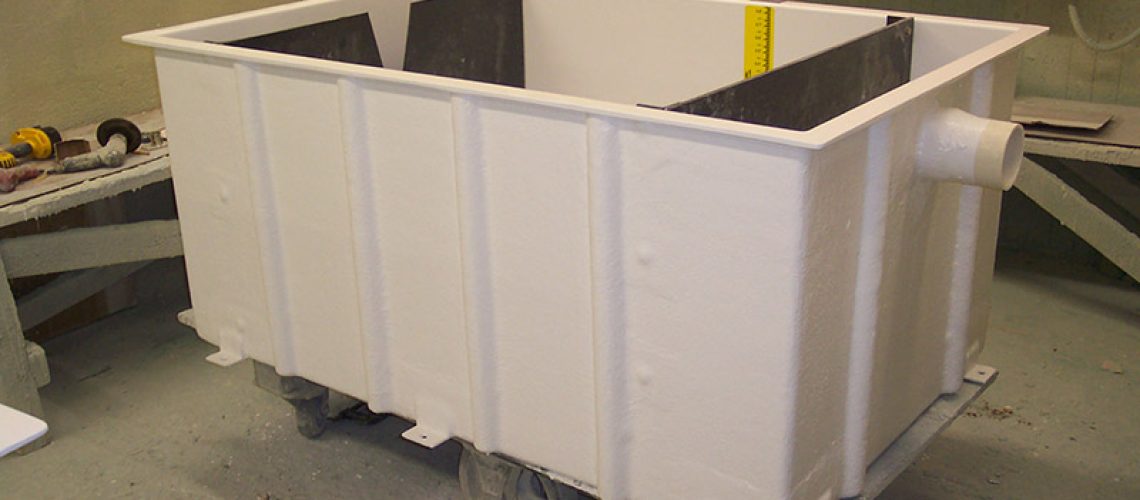Weirs can be some of the best tools available for measuring flow rate in open channel conditions. While their use is the perfect solution for some scenarios, there are others in which a weir would be wildly inappropriate. To determine which scenario your flow channel conditions fall under, it’s best to learn about the drawbacks of weirs. Learn about the most important disadvantages of weirs to look out for.
Spacious Upstream Weir Pool Required
In order for weirs to work properly, they have to have what’s known as a weir pool located upstream from the weir box itself. This is the only way for a flow channel to have the subcritical upstream velocity profile necessary to reach criticality at the appropriate moment. In order to create those conditions, many weir pools have to be relatively large. This can be tough if you’re trying to install a weir without much room to maneuver upstream.
Cold Weather Can Compromise Readings
The ultimate purpose of any weir is to provide accurate flow rate measurements. If it can’t offer the proper measurements, the weir as a whole doesn’t have much to offer. While weirs can be incredibly accurate in their measurements to a greater extent than most flumes, there are conditions that must be met to achieve that level of accuracy. One of the most influential conditions is the temperature of the area. Should the temperature get too cold, such as virtually anything below freezing, readings can be thrown off significantly as ice begins to form on the weir’s crest.
Discharge Must Be Free-Spilling
At the end of a flow’s journey through a weir, it will pass over the crest and become what is known as the nappe. The nappe has to be aerated to prevent it from collapsing. If it does collapse, it will cling to the face of the weir and throw off readings for flow rate. In order to keep the nappe properly aerated, the discharge area has to be free-spilling. That could be a tricky standard to maintain if you can’t manage to get the crest of the weir at least two inches higher than the maximum level of the downstream water conditions.
Weir Maintenance Is Extensive
One of the best benefits of flumes is that they’re largely self-cleaning. Unfortunately, weirs don’t offer the same luxury, as maintenance requirements are fairly extensive in comparison. The weir crest must be checked often for any nicks or other kinds of damages. Additionally, users must make sure that there’s no debris or growth altering the dimensions of the crest. Similarly, the weir itself must be cleared of debris that can alter the water level used in any flow rate measurements.
Weirs and Flumes From Tracom
Now that you know the most important disadvantages of weirs, it’s time to discover which would best suit your unique flow channel conditions. Whether the disadvantages are easily remedied or a flume would be a better fit, Tracom can help you get set up with exactly what you need. Our team will work with you to create the ultimate design that fits perfectly for your flow rate measurement efforts. Contact us today to learn more about our fiberglass wastewater solutions!



